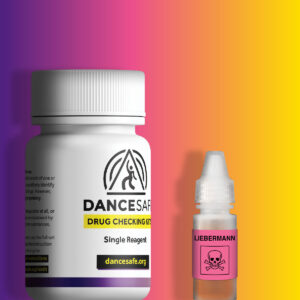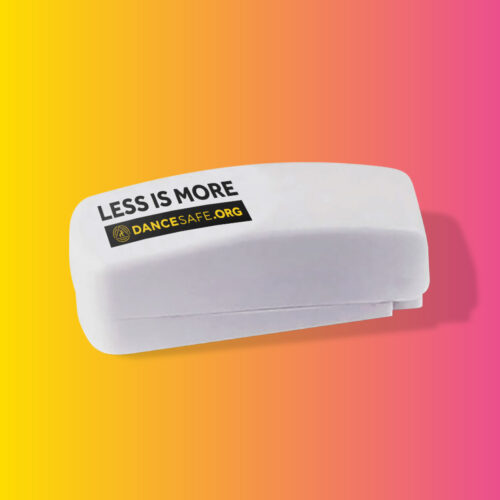Be aware: There are over 25,000 drugs on the market, and there are many factors that can influence a reagent reaction.
When you’re reading the color chart, it’s very important to remember that you’re looking for red flags, not green lights. You should see whether the color reactions you’re getting are “as expected” for a given drug.
If any reactions are unusual, the reaction is “not as expected.” It’s impossible to know which of the six factors listed below have caused an unexpected reaction without sending the sample to a lab like DrugsData.
Things that can cause an unexpected reaction:
- Leftover precursors (ingredients used to make a drug)
- Impurities from the manufacturing process
- Adulterants (active drugs cut in, like meth in MDMA pills)
- Bulking agents (inactive drugs cut in, like supplements)
- Mixtures (multiple things in the sample)
- Analogs (drugs that are very chemically similar to a more popular substance, and might react almost exactly the same despite having different dosages or effects)
Example: MDA has recently been turning green/black with Simon’s reagent instead of not reacting. Cocaine used to not react at all with Marquis reagent, but in recent years it almost always turns a pale peach or pink color. We suspect that this is due to a change in how both drugs are being made.
Example: When testing an MDMA pill, an “expected” reaction would be Marquis turning black, Simon’s turning blue, and Froedhe turning black. If Marquis turns orange instead of black, this is an immediate sign that there’s definitely no MDMA in your sample.
Example: When testing an Adderall pill from the internet, an “expected” reaction would be Marquis turning orange, Simon’s not reacting, and Liebermann turning orange. If Marquis turns orange, Simon’s doesn’t react, but Liebermann turns black, you know that something is wrong, but you don’t know what.
It might be tempting to try to make guesses about why you got an unexpected reaction, but you are always missing information without a full lab analysis. Even DrugsData can’t tell you whether there are inert bulking ingredients in your drug. It is sometimes possible to make educated guesses, but we usually find that those guesses are disproven by actual lab analysis.
Below are reactions for some of the most commonly used drugs. There are many online resources where people have collected additional reagent reactions for other drugs, but we haven’t verified them.
2023 updates:
- A dark gray/green reaction on Simon’s reagent is now an expected reaction for MDA.
- A light pink or peach reaction on Marquis reagent is now an expected reaction for cocaine. (Use the “how to test cocaine” insert on the pamphlet for more detailed information.)











